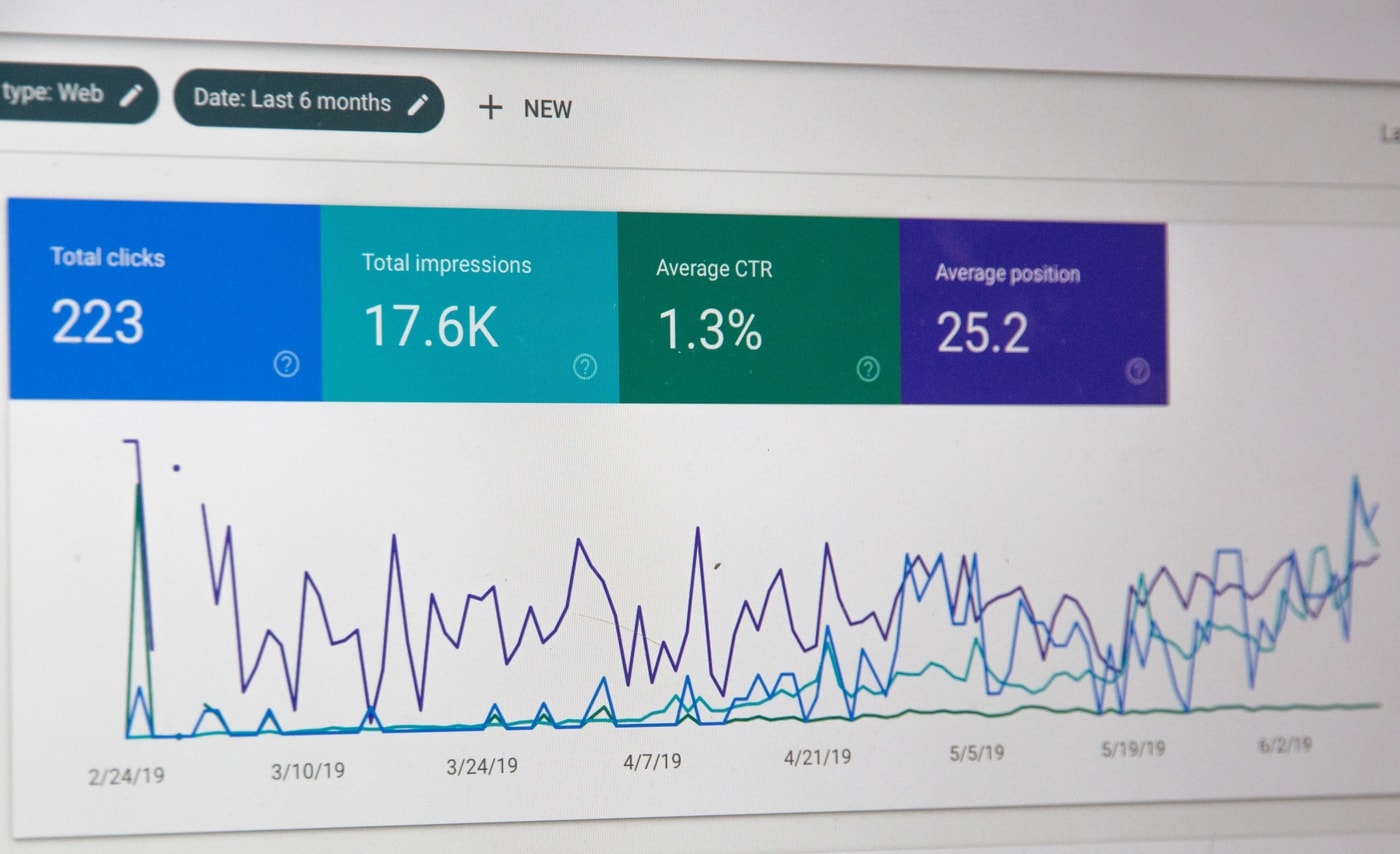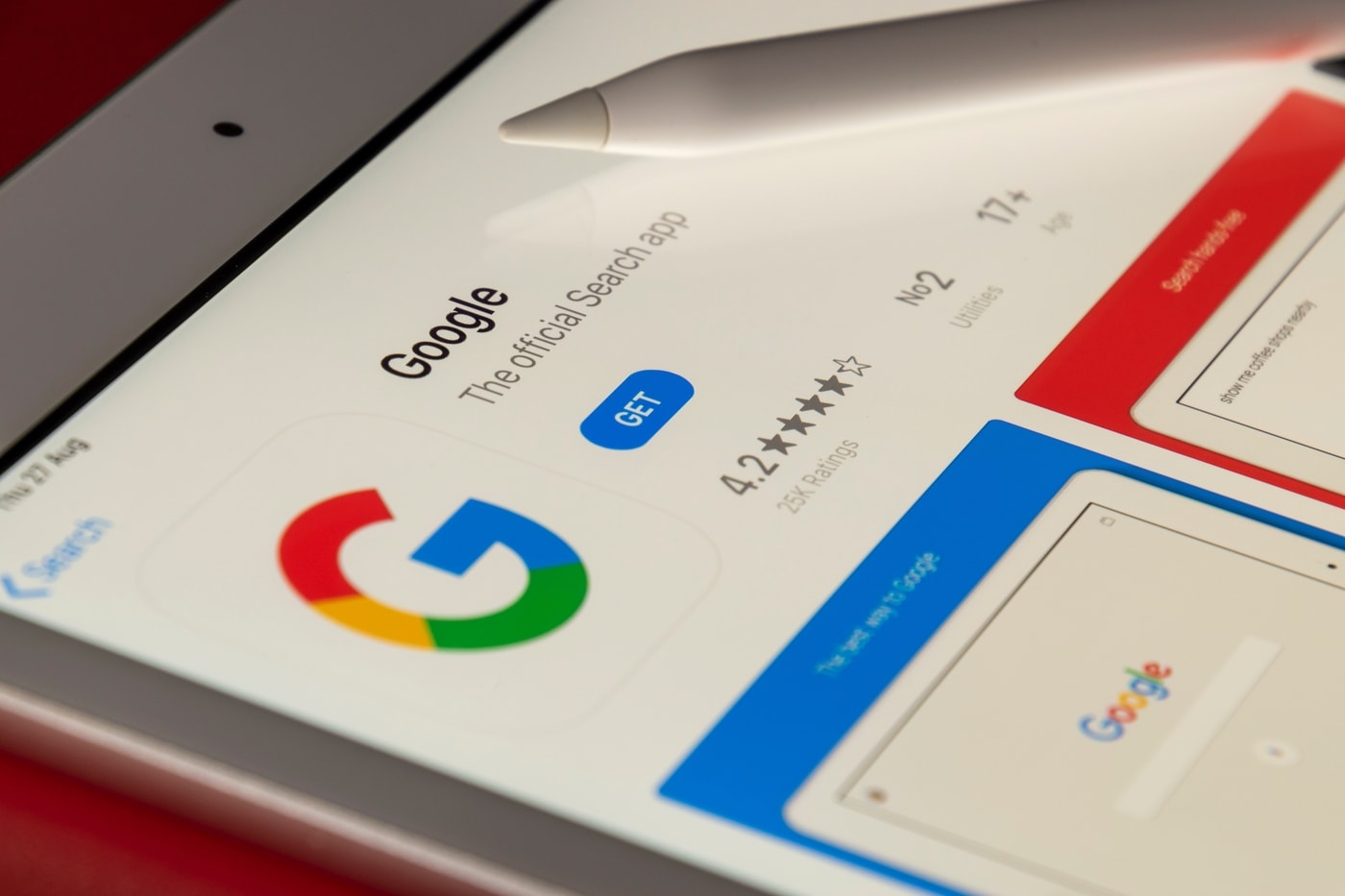There are few things more disheartening than investing time, money, and effort in your B2B content marketing campaigns, only to find that no one is paying any attention. When this happens, it's easy to feel like the game is somehow rigged against you or that content marketing just isn't worth the hassle.
As difficult as it can be to admit, though, the problem more likely comes down to your own B2B content marketing strategy and execution.
Content marketing is invaluable for businesses seeking to generate brand trust—and ultimately sales—online today. But the digital sphere is a busy place, and it gets noisier every day. To get noticed, you have to fight for your share of the audience. That means you have to use all the tools at your disposal to stand out from the crowd. It also means putting yourself in the audience's shoes and asking why they should want to engage with what you are offering.
Learning from your mistakes is part of the process of marketing. But it's hard to learn anything if you don't know where you're going wrong. So here are seven common mistakes that lead to failed content marketing campaigns—and how to fix them.
1. You're Not Measuring Performance

How do you measure success if you're not looking at your results? What even is successful in relation to your B2B marketing efforts? Measuring and gauging how your content is performing is vital. Without it, you're playing a guessing game.
How to Fix It: Set Goals and Use Analytics
It helps to be clear on what you aim to achieve regarding your content marketing. More specifically, you want goals that you can measure results against.
While it's great to have long-term B2B marketing objectives, you'll do well to break these down into short-to-mid-term targets. This way, you'll be able to work out if you're on track or if you need to make changes. For example, if your long-term goal is to have a solid social media following, your shorter-term goal might be to gain 100 followers in a month.
When in doubt, remember to make your goals SMART:
- Specific
- Measurable
- Attainable
- Relevant
- Time-based
Whatever your goals are, you're going to need data if you want any insight into how you're doing. Thankfully, it's relatively easy now to get all sorts of analytics from your website, social media, and search engines. The trick is to figure out how to sift through all that data to find actionable insights.
If you've got the budget, a B2B marketing firm can help here. Otherwise, focus on the overall picture and recurring trends your analytics reveal, and respond accordingly.
2. You Lack a Solid Strategy

So you know what you want to achieve with your content marketing. But do you know how you're going to achieve it?
Ask yourself the answers to the following questions:
- What topics are you going to cover?
- How frequently do you need to publish new content?
- Who is writing your bylined articles, guest posts and email content?
- Who is designing your images and producing your multimedia content?
- Where are you going to promote your content?
- How will your content synch with your overall B2B brand strategy and brand voice?
- How much are you going to be spending each month?
If you're pursuing a program without answers to questions like these, you're failing to plan—and that's planning to fail.
How to Fix It: Create and Stick To a B2B Marketing Plan
Creating a B2B marketing plan not only focuses your strategy; it also builds in a consistent program for execution. It's no good posting three blog posts and two videos in one week and then going silent for a month. Following a consistent plan can ensure your campaigns build momentum over time and aren't abandoned as the inevitable marketing distractions come up. Ensure that your plan syncs up with your goals and branding. While documents in place such as a style guide can seem like extra work, they will pay off in the long run.
3. Your Content Is Too Short
There's no such thing as a "right" word count for a blog post, and quality should always take precedent over quantity. The length of your blog posts will depend on various factors, including the topic, your audience, and your platform.
That said, research does show that, on average, bigger is better when it comes to article length.
Industry research carried out by Capsicum Mediaworks found that, on average, the top 10 results for most Google searches are more than 2,000 words. Further investigations by HubSpot and Wix came to similar conclusions.
How to Fix It: Create Comprehensive B2B Content
Shorter B2B content is excellent for starting a conversation with your audience, especially regarding new and trending topics. However, when it comes to evergreen content, it's clear that search engines and users alike want to see extensive and comprehensive articles.
That doesn't mean you should fluff out your articles to make them longer. Instead, aim to exhibit your authority on the subject at hand by covering it from all angles. Always be on the lookout for new B2B content marketing ideas. Yes, this means more time, effort, and work, but such content will pay off in better visibility over the long run.
4. Digital Noise and Content Bias
The human brain can only deal with so much information before fatigue inevitably sets in. So, to prevent such fatigue, our minds have evolved to utilize different forms of cognitive biases when faced with large swathes of data. In simple terms, our brains set about ranking information, disregarding and quickly forgetting anything it deems unusual.
Of course, this becomes a problem in the online world, where a seemingly endless stream of information and content exists. Nowhere is this more apparent than on social media, where even a carefully curated feed can overwhelm user attention spans.
From a marketing standpoint, these cognitive biases form a difficult challenge for promoting your brand on social platforms. Yet, there are no two ways about it: if you want relevant inbound traffic to your B2B website, you'll need to master social media.
So, the question is, how do grab someone's attention in this environment? And how do you make sure they remember you when you do?
How to Fix it: Master the Content Preview
Having a great blog post or video to show people is a start, but how you present such content is equally important. That's why a carefully made content preview for your social media is essential to your success.
Want to make your previews pop? Try the following:
- Strong visuals. People remember images better than words, thanks to a phenomenon known as the picture superiority effect. Try using something colorful and intriguing to catch users' eyes.
- Comedy. Humor is another effective way to overcome content bias. Just remember to keep things light and professional.
- Relevant hashtags. Hashtags are brilliant for getting your preview in front of people actively looking for your type of content instead of people who are just scrolling.
- Tagging relevant parties. If the author or subject of your article has some sway in your niche or industry, tag their name. You'll intrigue their audience, and, chances are, they'll share it as well.
- Keeping it concise. Social media isn't the place for jargon and paragraphs of running text. Instead, let the user know what they're getting and why they want it in short and simple terms.
- Emphasizing quality. Use words like "best" and "top" to stress that your content is superior.
Remember, a content preview is a gateway from social media to your owned media, so make it inviting. Just make sure that you don't overpromise and then underdeliver on the content itself.
5. You Haven't Optimized Your Content for Search

While social media has become an increasingly popular source of referral traffic, Google continues to be the primary gatekeeper for most B2B companies' website traffic.
Getting to the front page of search results isn't easy, though, especially in competitive B2B niches. It's even more difficult if your content doesn't match what people are typing into their search bars. It's harder still if Google deems your content to be of poor quality.
How to Fix It: Optimize Your Search Presence
A lot of B2B marketers get intimidated when they hear the letters SEO. However, you don't need to understand technical jargon or panic over keywords to harness the basic concepts behind improving your search presence.
While it may sometimes seem like it, Google really isn't trying to make you jump through hoops here. The search giant simply wants to provide the highest quality content to its users.
As a result, SEO ultimately comes down to two things: accessibility and relevancy. And both of these are characteristics your readers want from your content anyway. If you create content that pleases your readers, chances are, you're already on your way to improving your search presence.
Of course, there are some SEO principles that marketers must respect and observe. So, here's a short checklist of things you can do to help make your content SEO-friendly:
- Do an SEO audit of your B2B website to identify issues and opportunities
- Use keyword research to identify keywords to use in your titles, headings, and throughout your content
- Add alt image tags
- Make your content mobile-friendly
- Avoid long paragraphs and "walls of text"
- Use bullet points to break up information (just like this!)
- Check your page loading speed
- Use external and internal links—and check that they work!
There are plenty of tools out there that can help you uncover keywords, audit your site's search performance and more. A great place to start is with Semrush, one of the favorites of the Idea Grove marketing team. Here's a good overview.
6. Your Content is Over-Optimized
Okay, we just talked about optimizing your content for Google. That said, the absolute worst thing you can do is to treat an automated web crawler like it is your target audience.
In the past, marketers and webmasters often tried to trick search engine algorithms using techniques such as keyword stuffing. It worked for a time. But then Google got smart. As a result, you're now much less likely to see algorithm-cheating articles high in search results—although the occasional one still gets through.
But even if you can find a way to cheat the system, would you want to? Sure, you might get more traffic to your site, but users are hardly going to turn into leads if your content isn't helpful and trustworthy. Plus, if Google catches you, they can penalize your site, ensuring you less traffic for the foreseeable future.
How to Fix it: Focus On Your Audience
Yes, it can help to use keyword search tools and such in order to get more eyes on your content. But, your focus should always remain on the B2B user experience. Always write your content for people, not algorithms.
Again, if you're outsourcing your content, ensure you work with an agency or contractor that isn't just trying to spam the system.
7. You're Promoting Instead of Educating

One surefire way to fail at B2B content marketing is to misunderstand what it's meant to do. One thing content marketing certainly isn't is advertising. Just as no one sits through a TV show to watch the commercials, no one clicks on an article to see an advertisement for your product.
The point of content marketing is not to promote your product, but to build awareness and trust between you and your audience. Why? Because doing so extends your reach, establishes your authority, and creates a positive relationship with your future buyers. As a result, you start a conversation with people who will remember your brand when they are ready to buy a product like the one you're selling.
Of course, it's important to make people aware of what you sell at some point—but that's why you have landing pages and calls to action (CTAs). Of course, you'll want to update loyal customers with news about your products and services, too.
But constantly plugging and pushing your products through your content will do little to bring in new customers and might even drive your current audience away.
How to Fix It: Focus on Value
The focus of your content should always be on creating value for the customer. Often, this comes in the form of educational content. Or, to be more specific, content that answers questions or shares ideas relevant to your niche, industry, and service.
That's what thought leadership marketing is all about.
Not sure on what content to create? Here are a few ideas to get you started:
- User guides
- Industry news
- Interviews with industry professionals
- Checklists and templates
- Interesting facts and stories within your niche
Final Thoughts
When done right, content marketing is a powerful tool for building brand trust, driving website traffic and, ultimately, increasing sales. If you don't feel like your business is reaping these benefits, then it might be time to reassess your strategy to improve your results. You might also wish to bring in an experienced B2B content marketing agency to help.

 11 min read
11 min read





 8 min read
8 min read
